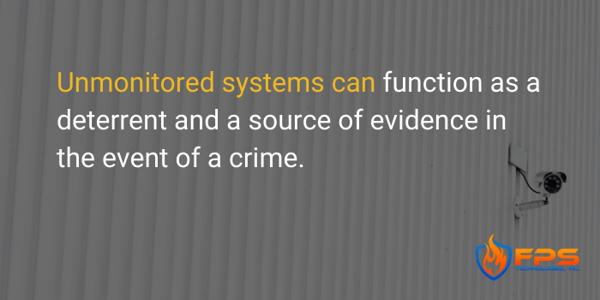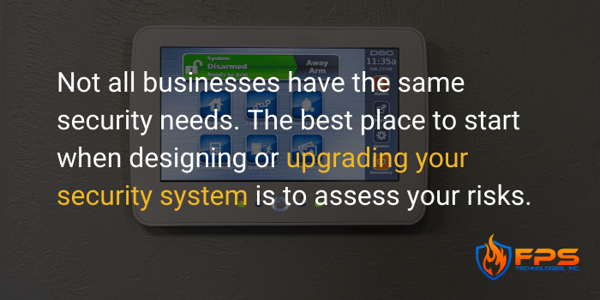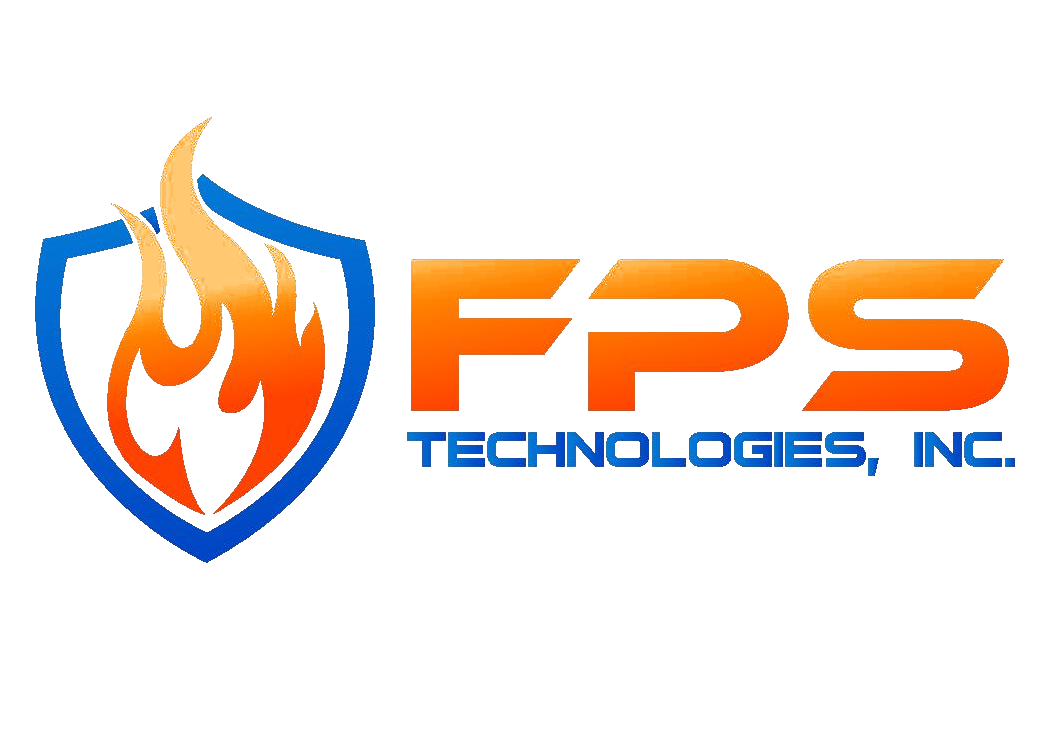Business security is a crucial feature for risk management and one that can add a sense of safety and protection to the people who work on the property. Not only can security features deter would-be criminals from approaching a facility, but these systems can also provide evidence and help apprehend people who attempt to trespass or commit a crime.
However, because of the variety of electronic safety and security (ESS) systems and services provided, it is essential you know how the different parts of your ESS system function so you can use them to the fullest capacity. In this article, we’ll explain what it means for an ESS component to be monitored and unmonitored.
What is a monitored component?
Perhaps the most critical distinction you need to know is the difference between monitored and unmonitored security services. Monitored components of an ESS security system trigger an action when the element is activated.
These features, such as intrusion detection systems, send an immediate alert to the property owner, local authorities, or other emergency responders when they’re activated. That means that if someone breaks a glass panel or opens a door after hours that should have been locked, the system will immediately alert emergency responders.
Safety features such as smoke detectors, water sensors, carbon monoxide sensors, and panic alarm buttons are also examples of monitored components because they trigger an immediate action if they detect or are alerted to an emergency. Monitored elements are critical for situations that require immediate action, such as a fire, that can pose immediate harm to people and property.

What is an unmonitored system?
Unmonitored systems can function as a deterrent and a source of evidence in the event of a crime. Security cameras are the perfect example of an unmonitored security component because the feature does not automatically produce a response when a crime or emergency is recorded. This is because most security cameras are not actively monitored. Instead, they’re used after an event to produce evidence and gain an understanding of what event took place.

However, if your facility has staff watching the camera feed 24-hours a day, it would be considered monitored because the person watching the feed can trigger an immediate alert or response if the situation requires it.
Another example of an unmonitored security component is access control. Most access control systems restrict entrance to certain locations by requiring a keycode, ID, or another mechanism to gain access. Access control is unmonitored because anyone with the proper code can gain entrance to the facility, regardless of how they were supplied with the appropriate verification.
Some access control systems keep logs of which employee’s keycard or fob was used to access the space. These records, like most security camera feeds, can be accessed after the fact if necessary.
Determining your security needs
Not all businesses have the same security needs. The best place to start when designing or upgrading your security system is to assess your risks. Once you know how your facility could be compromised, you can determine which monitored and unmonitored components are the best fit.

Still not sure where to start? Schedule a free on-site security audit with an FPS security expert. We can assess your needs, budget, and goals and help you plan, install, and integrate your ideal security system.


